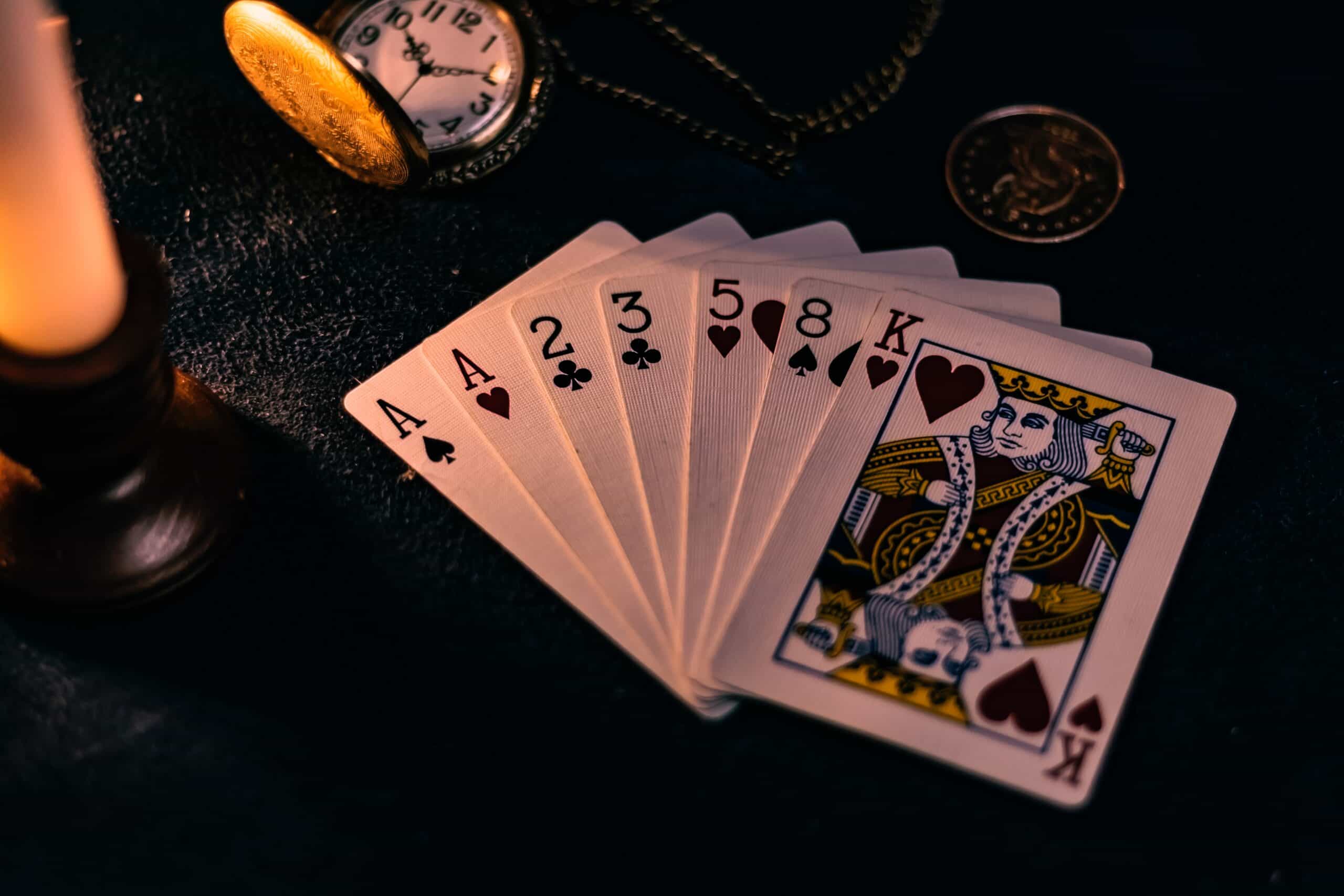
History: European Renaissance Gambling
The European Renaissance, spanning from the 14th to the 17th century, marked a period of profound cultural and intellectual growth in Europe. Amidst the advancements in art, literature, science, and exploration, gambling played a significant role, offering entertainment and contributing to the social fabric of the time.
Rise of Popular Gambling Games:
Dice games, such as Hazard, were widely enjoyed, creating an atmosphere of excitement and chance. Card games like Primero and Piquet gained popularity among the nobility, while Tarot cards transitioned from divination to gaming.
Lotteries:
Lotteries became prevalent during the Renaissance, providing a form of gambling where people purchased tickets with the hope of winning substantial prizes. Many lotteries had charitable or public purposes, contributing to civic projects.
Gambling and Social Interaction:
Gambling during this period was more than games; it was a social experience. People from different social classes gathered at taverns, inns, and private homes to engage in gambling activities, fostering socializing, networking, and the display of wealth and status.
Gambling and the Aristocracy:
The European aristocracy embraced gambling, hosting lavish parties and tournaments where significant amounts of money were wagered. These events served as a form of entertainment and social competition, showcasing the wealth and power of the nobility.
Controversies and Regulation:
The popularity of gambling led to concerns about its potential negative consequences. Religious authorities and moralists expressed worries about moral implications and financial ruin. Efforts were made to regulate and control gambling, including imposing restrictions and taxes.
Influence on Art and Literature:
Gambling found its way into artistic expression, with paintings and literature depicting scenes of gambling. These depictions captured the excitement, drama, and social dynamics associated with the activity, providing insights into its significance in Renaissance culture.
Legacy and Cultural Significance:
The culture of gambling during the European Renaissance left a lasting impact on society. It shaped social interactions, artistic expressions, and the development of gambling practices in subsequent centuries. Many games from this era continue to be enjoyed today, reflecting the enduring appeal of the Renaissance era.
The history of gambling during the European Renaissance provides a glimpse into the social, cultural, and artistic aspects of this remarkable period. It illustrates how gambling was not just a form of entertainment but also a reflection of the values, aspirations, and social dynamics of the time.
Gambling History:
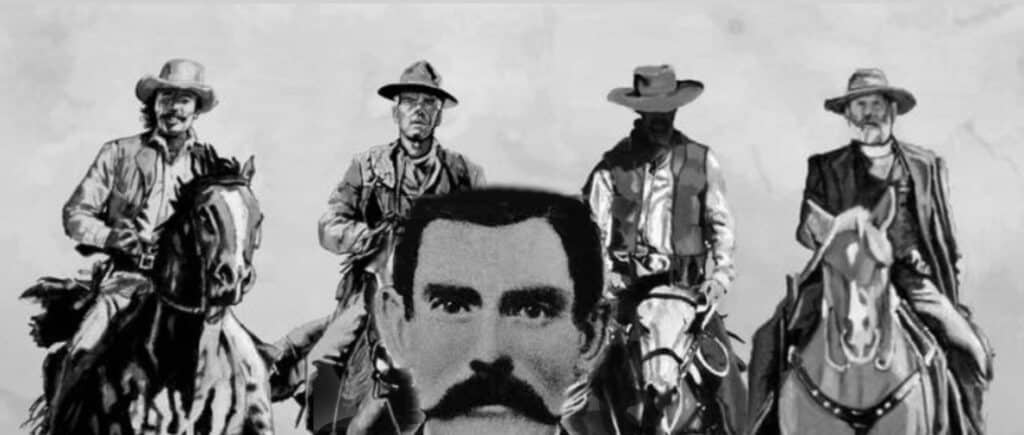
Las Vegas History: Doc Holliday Famous Gambler Gunslinger and Resident of Las Vegas
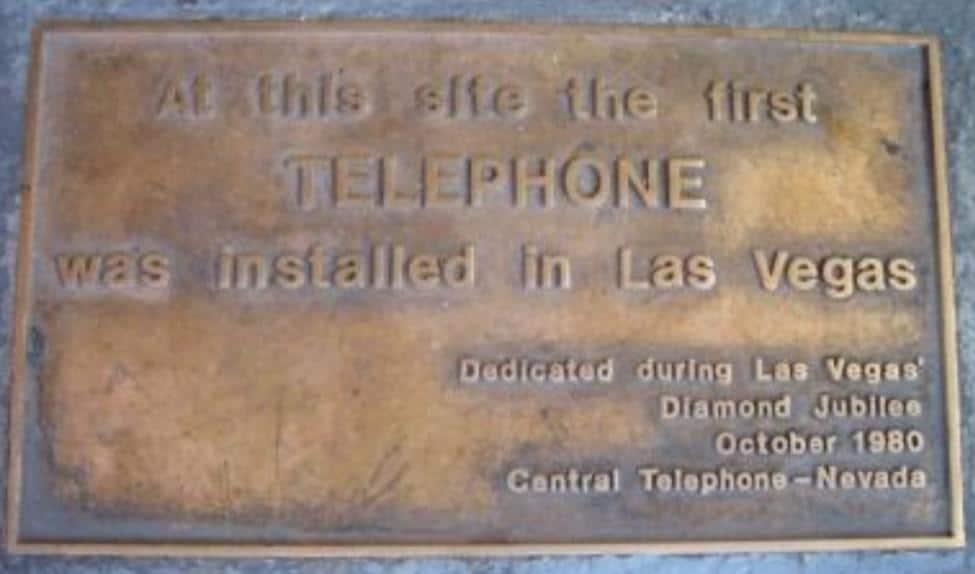
Las Vegas History: How Las Vegas’ First Telephone Exchange Made Bugsy Siegel’s Race Wire Possible

Las Vegas History: The Official Naming of Las Vegas 1905
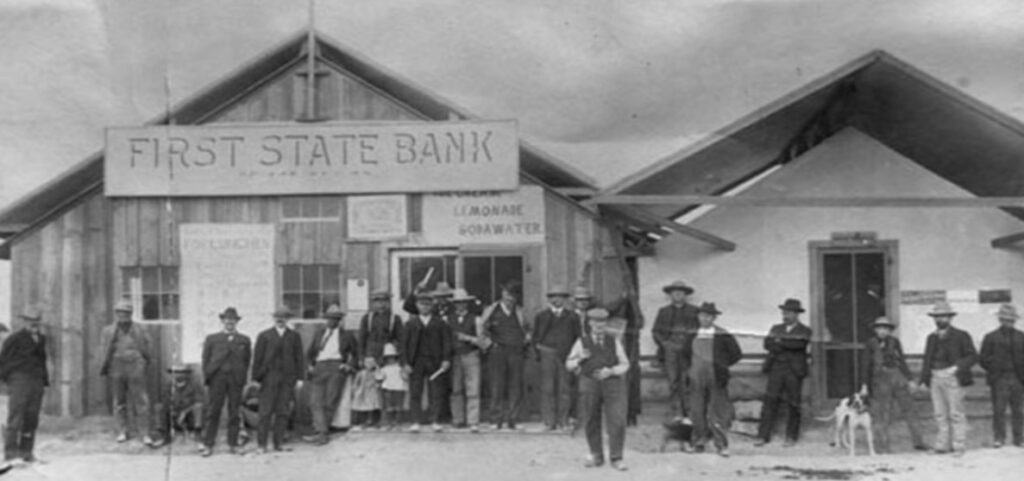
Las Vegas History: 1864 Las Vegas The Impact of Nevada Statehood
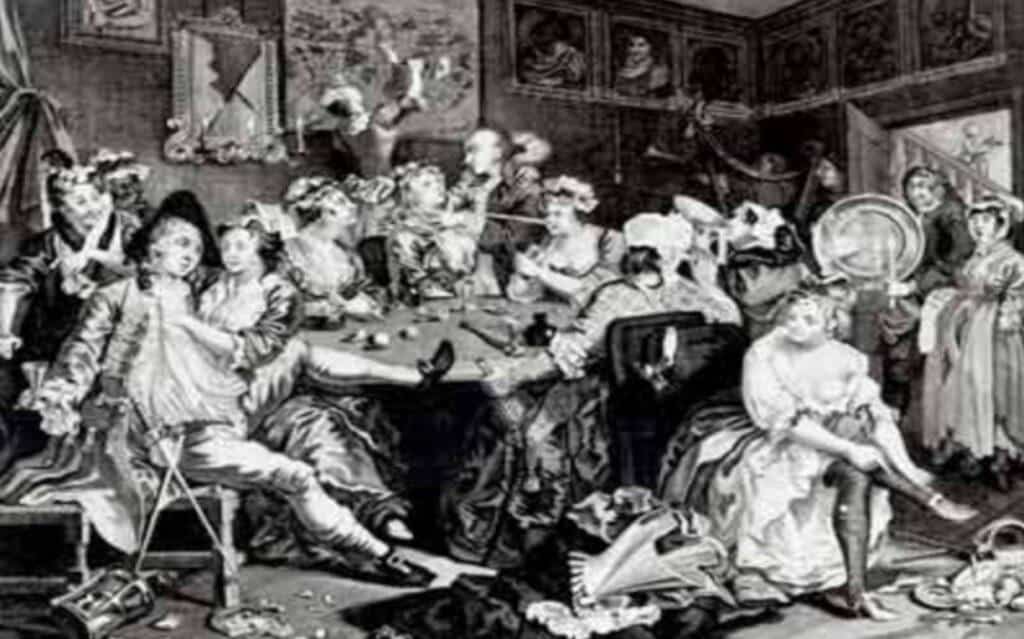
Las Vegas History: Las Vegas and It’s Vices in the 1850s
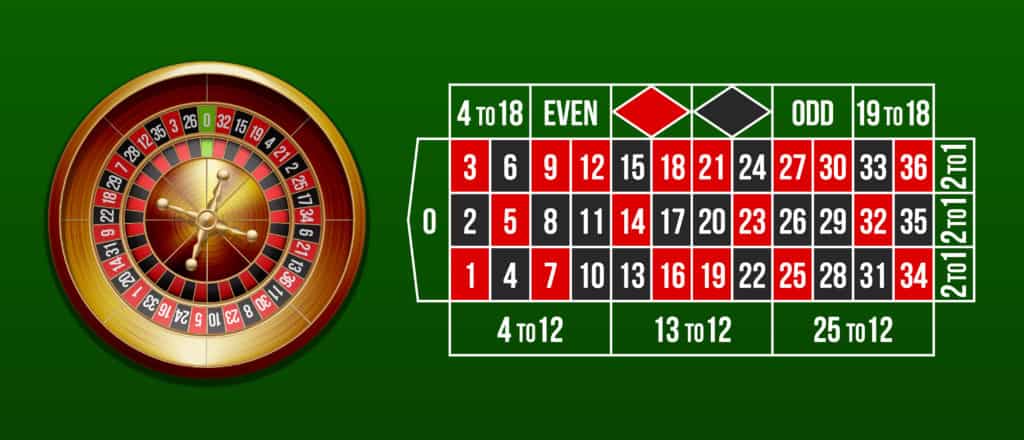
Roulette: European | What is European Roulette and How to Play? E-Vegas.com Guide
Frequently Asked Questions (FAQs):
1. What role did gambling play during the European Renaissance?
Gambling was a significant part of the Renaissance era, providing entertainment and contributing to the social fabric. It was enjoyed by people from various social classes.
2. What were some popular gambling games during the European Renaissance?
Dice games like Hazard, card games including Primero and Piquet, and the use of Tarot cards for gaming were widely popular during this period.
3. Were lotteries common during the Renaissance?
Yes, lotteries gained prevalence as a form of gambling. People purchased tickets with the hope of winning substantial prizes, often contributing to charitable or public causes.
4. How did gambling contribute to social interaction during the Renaissance?
Gambling served as a social activity, bringing people together at taverns, inns, and private homes. It provided opportunities for socializing, networking, and displaying one’s wealth and status.
5. Did the European aristocracy engage in gambling during the Renaissance?
Yes, the aristocracy embraced gambling, hosting lavish parties and tournaments where significant sums were wagered. These events showcased wealth and served as social competitions.
6. Were there concerns about the negative consequences of gambling during this period?
Yes, religious authorities and moralists expressed concerns about moral implications and financial ruin due to excessive gambling. Efforts were made to regulate and control gambling activities.
7. How did gambling influence art and literature during the Renaissance?
Scenes of gambling found their way into paintings and literature, capturing the excitement and social dynamics of the activity. These depictions provide insights into the significance of gambling in Renaissance culture.
8. What was the legacy of gambling during the European Renaissance?
The culture of gambling left a lasting impact on European society, shaping social interactions, artistic expressions, and the development of gambling practices in subsequent centuries.
9. Are any gambling games from the Renaissance still enjoyed today?
Yes, many games that originated during the Renaissance era continue to be enjoyed today, reflecting the enduring appeal and influence of this historical period.
10. How does the history of gambling contribute to our understanding of the European Renaissance?
The history of gambling provides a unique lens through which we can understand the social, cultural, and artistic aspects of the European Renaissance. It showcases how gambling was intertwined with the values, aspirations, and dynamics of this remarkable period.





